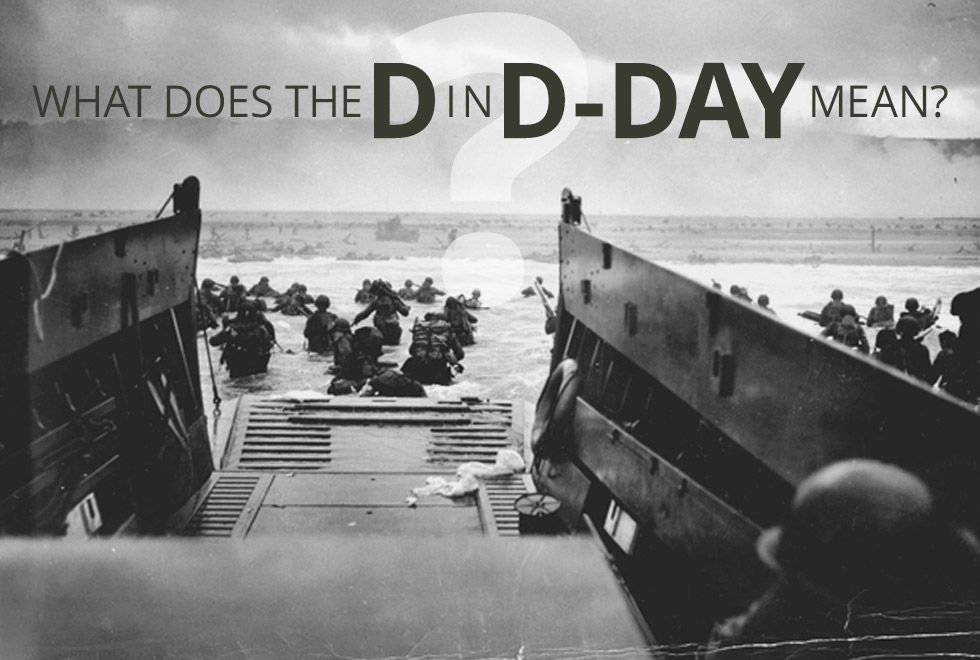WEB D-DAY: Unraveling the Mystery Behind the "D"
A Historical Enigma
WEB D-Day, forever etched into history, marked the commencement of the iconic Allied invasion of Normandy on June 6, 1944. While most assume the "D" in "D-Day" signifies "day," a fascinating military perspective offers a different explanation.The Army's Designation
According to the United States Military, "D-Day" is a designation used to indicate the start date of specific field operations. In military parlance, "D" stands for "Day," with subsequent days being denoted by "D+1," "D+2," and so forth. This designation allows for flexibility in planning and execution, enabling commanders to adjust the timing of operations as needed.The Most Notable D-Day
The most renowned occurrence of D-Day took place during World War II on June 6, 1944. The Allied landings on the beaches of Normandy marked a pivotal moment in the war, opening up a crucial front against Nazi Germany and ultimately leading to its eventual defeat.The Significance of the Landings
The D-Day landings signaled the beginning of the campaign to liberate northwestern Europe from Axis occupation. The operation required immense planning, coordination, and sacrifice, involving countless troops from various Allied nations.In conclusion, WEB D-Day was not merely a day but a carefully planned military designation employed by the Army. The "D" in "D-Day" symbolizes the commencement of a specific field operation, a tradition that continues to be used in modern military operations.


Komentar